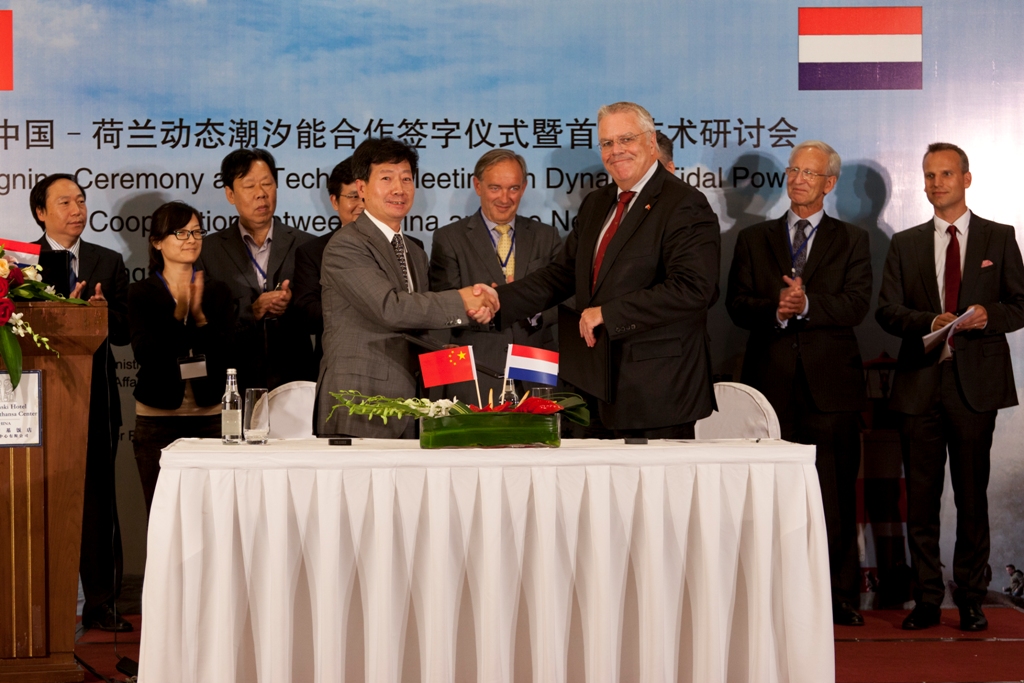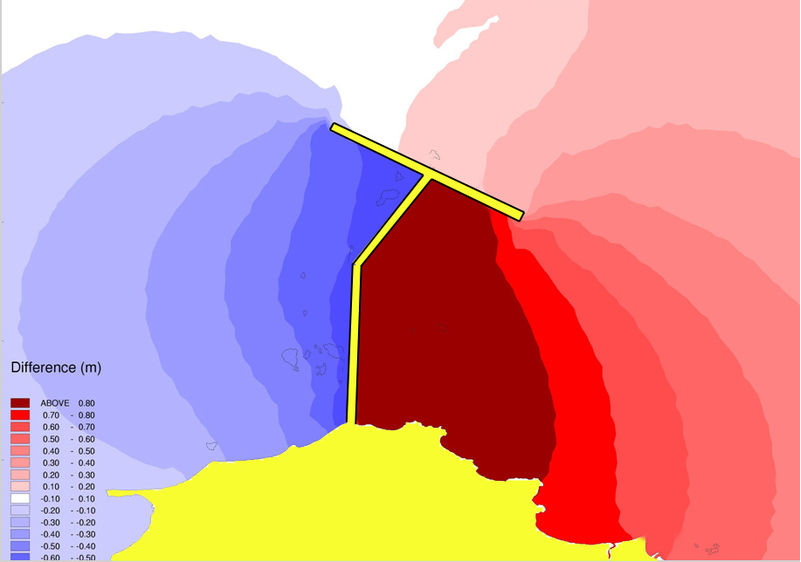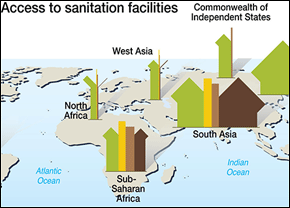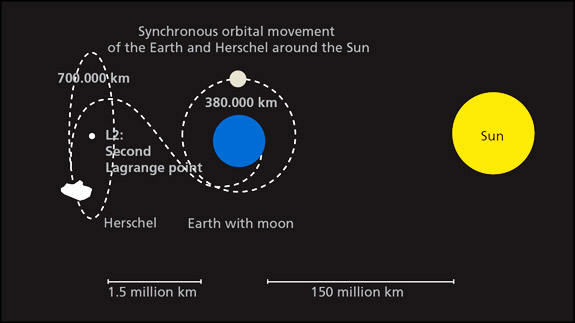China and Netherlands to Research Novel Form of Large-scale Tidal Power
The long-term goal: a project with a power capacity greater than the world’s second-largest hydropower dam.

On September 27, Chinese and Dutch officials were in Beijing signing an agreement to research and develop a novel renewable energy concept that uses the sea. Called “dynamic tidal power,” both nations have high hopes for the new energy source that would be implemented along the Chinese coast.
Dynamic tidal power (DTP) was invented and patented in 1997 by two Dutch coastal engineers. It uses a T-shaped jetty that reaches as far as 60 kilometers (37 miles) into the ocean to catch tides that are running parallel to the shore. This creates areas where there is a height difference in the water levels, with low water on one side and high water on the other. By taking advantage of the potential energy created by this height difference — much like the difference between the top and the bottom of a waterfall — the jetty, which is lined with turbines, functions similar to a dam: water flows from one side to the other and cranks the turbines, which converts the potential energy (of the height difference) to kinetic energy (from the movement of the turbines), which can be used to generate electricity. (See diagram image below.)
If testing proves successful, scaling-up the Chinese-Dutch model would be massive. The turbine-filled jetty would stick out at least 30 kilometers (18 miles) into the ocean and have a power-generating capacity of roughly 15,000 megawatts, placing it second among all hydroelectric facilities in the world.
If such a breakthrough were to occur — and it is too soon to say if it will — it would help China to meet its goal of cutting carbon emissions while increasing its energy production. China, the world’s second-largest economy, wants to cut carbon dioxide emissions 17 percent by 2015, according to its 12th Five-Year Plan, which was released in March 2011.
“A lot of work must be done to determine if dynamic tidal power is a feasible option for China,” said Peng Cheng, the deputy director-general of the hydropower and water resources planning agency within China’s Ministry of Water Resources. “We hope that a suitable demonstration project can be designed in the coming year or two. If that demonstration proves successful, we will have a solid basis from which to investigate the application of full-scale dynamic tidal power.”
The project, which buttresses China’s status as a global leader in renewable energy research, is a joint venture between POWER, a government-funded consortium of Dutch companies, and a group of Chinese companies and universities organized by the National Energy Administration.
The three-year agreement has the following goals:
- Determine most suitable sites for dynamic tidal power (DTP) implementation in China, Korea, and the United Kingdom.
- Complete detailed feasibility studies for two DTP pilot power plants in China.
- Complete pre-feasibility study for one full-scale DTP power plant in China.
- Distribute technical information worldwide about DTP.
Testing Needed
There are challenges in developing the concept, however, according to Brian Polagye, the co-director of the Northwest National Marine Renewable Energy Center and a mechanical engineer at the University of Washington. For instance, if the DTP system is built at all, it must be built large enough to make it economically feasible and strong enough to withstand storms.
“There’s no small-scale deployment,” Polagye told Circle of Blue. “Building any sort of structure that far off the coast comes with structural challenges. We can do it — just look at oil drilling platforms — but it is expensive. So it comes down to the cost of the power produced.”
Polagye did not know of any commercial dynamic tidal projects operating anywhere in the world.
Rather, most tidal power projects completed so far have instead used the kinetic energy of rising tides to turn an array of turbines strung across a narrow channel. One of the largest such projects — La Rance in Brittany, France — has an installed capacity of 240 megawatts.
Brett writes about agriculture, energy, infrastructure, and the politics and economics of water in the United States. He also writes the Federal Water Tap, Circle of Blue’s weekly digest of U.S. government water news. He is the winner of two Society of Environmental Journalists reporting awards, one of the top honors in American environmental journalism: first place for explanatory reporting for a series on septic system pollution in the United States(2016) and third place for beat reporting in a small market (2014). He received the Sierra Club’s Distinguished Service Award in 2018. Brett lives in Seattle, where he hikes the mountains and bakes pies. Contact Brett Walton











Great initiative, tidal power lacks behind wind and other water generated power sources
an idea might be to build a small tidal style generator.get a long, narorw tank. fasten a tidal generator that you design into one end of the tank. put a lever on the opposite end. add enough water to the tank with water to operate the generator and demonstrate your system.the generator works by fastening one part of it to the bottom, and permitting the other part to float. the changing water depth turns the generator to produce power. you could use a small plastic rack and pinion to generate the mechanical energy with a dc motor inside the float to convert the mechanical energy into electrical energy..References :